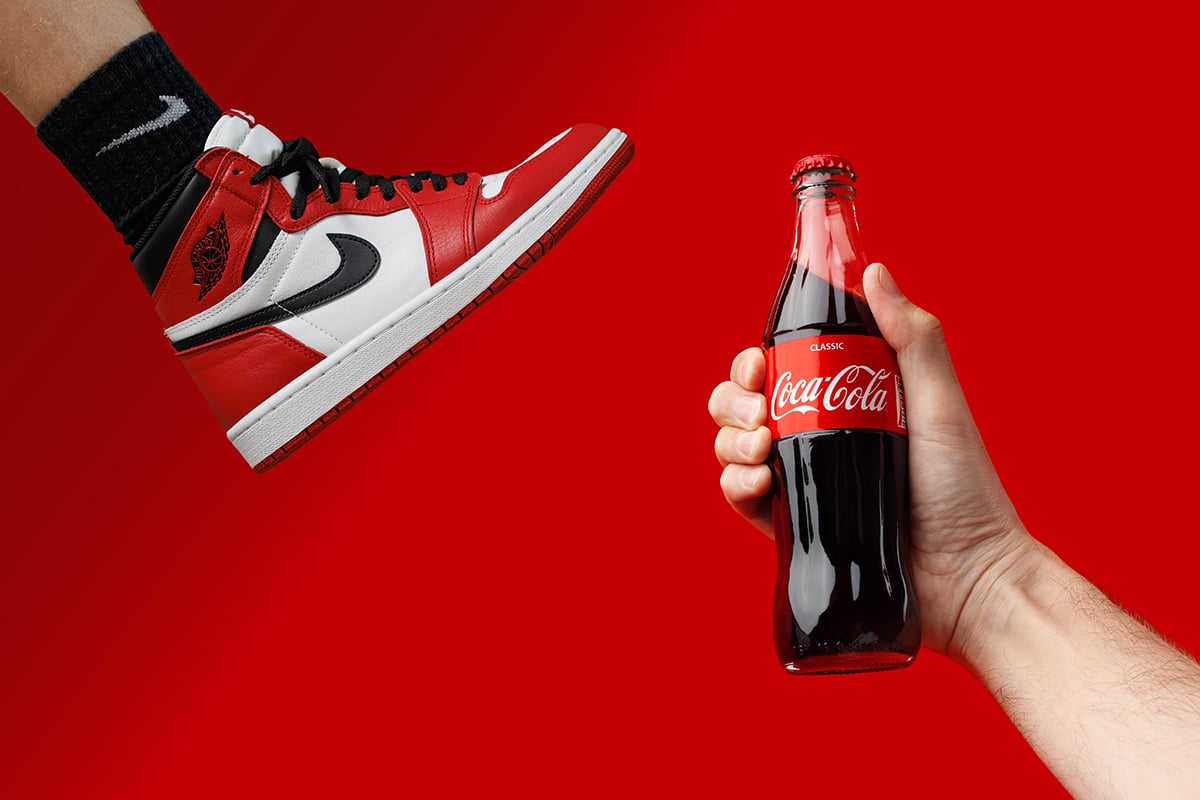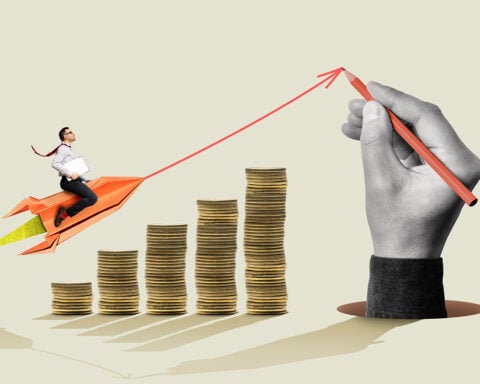In the ever-competitive landscape of iconic American brands, the battle between Nike and Coca-Cola for investor favor has taken an interesting turn. Over the past three years, Coca-Cola has managed a nearly 20% increase in its share value, starkly contrasting with Nike’s more than 50% decline. This discrepancy in performance between the world’s largest athletic footwear supplier and one of the biggest beverage companies is telling of their current market positions and future potentials.
Nike’s Struggles and Strategic Shifts
Nike’s financial journey reveals a complex narrative marked by initial growth followed by recent stagnation. The company saw a revenue increase of 5% in fiscal 2022 and 10% in fiscal 2023, primarily fueled by its Nike Direct division, which focuses on direct-to-consumer sales. However, fiscal 2024 presented a starkly different picture, with sales barely ticking up, culminating in a forecasted mid-single-digit revenue decline for fiscal 2025.
The athletic giant has been buffeted by a variety of challenges. Economic pressures have impacted its lower-end consumer base, and demand for some of its traditional footwear has softened. Additionally, uneven demand in overseas markets and strong currency headwinds due to a robust dollar have further complicated its operations. Nike also faces intensifying competition from high-growth niche companies such as On and Lululemon.
In response, Nike is gearing up for what it calls a “transition year” in fiscal 2025. The company plans to introduce a series of new products and increase its consumer-facing activities, aiming to reinvigorate its brand. Despite these efforts, the current outlook remains bleak, with the company’s stock trading at 20 times forward earnings, which might not attract income investors in a high interest rate environment.
Coca-Cola’s Diversified Success
Conversely, Coca-Cola has demonstrated a remarkable knack for adaptation and growth, even as global soda consumption rates have declined. The beverage behemoth has expanded its portfolio beyond traditional sodas to include fruit juices, teas, energy drinks, coffee, bottled water, and even alcoholic beverages. This diversification has paid dividends, with organic revenue growth of 16% in 2021 and 2022, and 12% in 2023.
Coca-Cola’s success is also a product of its strategic brand enhancements and expansions. By introducing new flavors, healthier variants, and smaller serving sizes, Coca-Cola continues to attract a broader consumer base. Furthermore, its pricing power and operational scale have enabled it to navigate through geopolitical tensions and inflationary pressures effectively.
With a forward earnings valuation of 23 times and a compelling 3% dividend yield, Coca-Cola continues to be a robust investment. It proudly holds the prestigious title of Dividend King, having increased its annual payout for 62 consecutive years.
Investment Outlook: Coca-Cola Holds the Reins
The comparative analysis of these two behemoths suggests that Coca-Cola currently presents a more appealing investment opportunity than Nike. The beverage company’s consistent performance, strategic market expansions, and robust dividend history provide a solid foundation for long-term growth and stability.
Investment magnate Warren Buffett’s decision to retain Coca-Cola as one of Berkshire Hathaway’s top holdings for over three decades, while parting with Nike shares in 2010, underscores the soda giant’s enduring appeal and resilience.
As both companies continue to innovate and adapt, investors are keenly watching. However, for now, Coca-Cola seems to be the preferable choice for those looking to invest in a stable, growing brand capable of weathering economic fluctuations and shifting consumer preferences.







